To the Evening Star
To the Evening Star
By
William Blake
About
the Poet
William
Blake was born in London, England, on the 28th of November, 1757, to a
middle-class family of artisans (a
worker in a skilled trade, especially one that involves making things by
hand).He was the third of seven children.
The
Bible had a great influence on Blake as a child.
William Blake was a very versatile (multitalented)
person, being a poet, engraver (someone
who cuts designs or words on metal, glass, or wood), painter and printmaker as
well as visionary (a person with
original ideas about what the future will or could be like). Some consider
Blake ‘far and away the greatest artist Britain has ever produced’. Blake is
generally acclaimed for his powerful expression and creativity.
The Poem
TO THE EVENING STAR
Thou fair-hair'd angel of the evening,
Now, whilst the sun rests on the mountains, light
Thy bright torch of love; thy radiant crown
Put on, and smile upon our evening bed!
Smile on our loves, and while thou drawest the
Blue curtains of the sky, scatter thy silver dew
On every flower that shuts its sweet eyes
In timely sleep. Let thy west wind sleep on
the lake; speak silence with thy glimmering eyes,
And wash the dusk with silver. Soon, full soon,
Dost thou withdraw; then the wolf rages wide,
And then the lion glares through the dun forest:
The fleeces of our flocks are cover'd with
Thy sacred dew: protect them with thine influence!
In
Greek and Roman mythology, each planet except Earth is named after a god
The Evening star, in other words planet Venus is the Roman goddess of love, beauty, and fertility (fruitfulness)
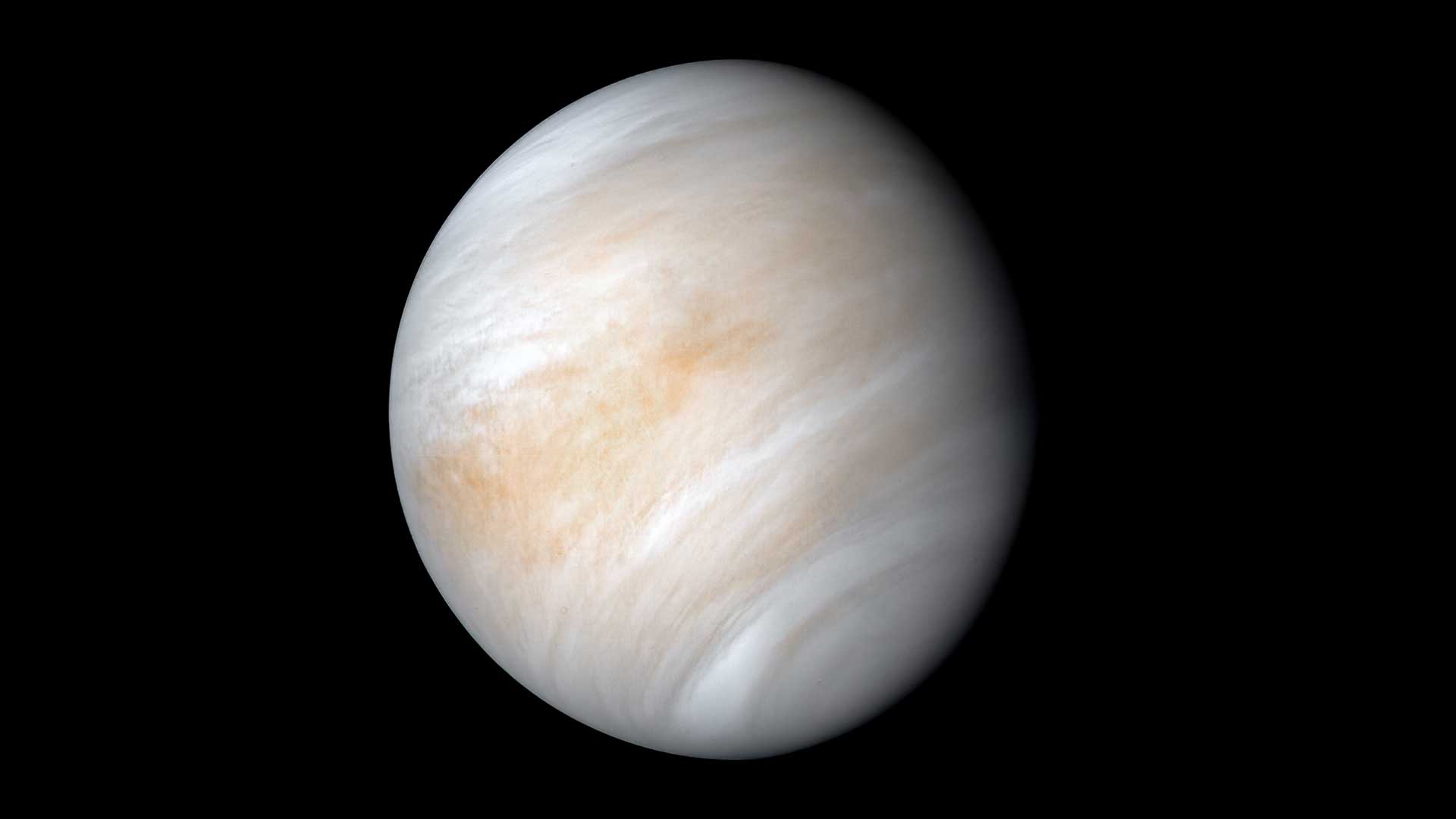 |
| planet Venus |
 |
| Roman goddess of love ,beauty and fertility |
Glossary
Thou - This is an archaic (very old or old-fashioned) word equivalent to “you” in modern English.
Thy - this is an archaic word equivalent to “your” in modern English.
Radiant - giving out light
Drawest - an archaic word equivalent to “draw” (pull)
Scatter - spread
Fleeces - wooly covering of a sheep or goat/
Flock - a large number of animals found together.
Sacred - holy, highly respected
Dew - condensed water drops found in the environment in the early hours of the day
Thine - an archaic word equivalent to “your”
Influence - power, effect
Read the first five lines. Note the following.
• Reflect on the phrases used by the poet to describe the evening star.
1. How is the evening star described?
2. What does she wear?
3. What does she carry?
4. What actions are attributed to the evening star?
5. What do the following phrases and lines mean?
1. ‘Light thy bright torch of
love’
2. ‘ thy radiant crown put
on’
3. ‘smile on our loves’
4. ‘drawest the blue curtains of
the sky’
5. ‘scatter thy silver dew’.
Poetic Devices used in the poem
The
narrator directly addresses the personified Venus as,
‘Thou fair
haired angle of the evening’.
The technique used here is called
apostrophe, and it is a common way to start an ode
A poem written in the form of addressing
something or someone
The title of the poem begins with ‘To’
To the evening star
which portrays the usual heading of an ode, dedicating the appreciation
to the personified Venus.
Sonnet
Sonnet is a poem
with fourteen lines with a rhyming couplet
Even though the poem consist of 14 lines the lines do not rhyme together therefore this can be considered to be
free verse
However it consist of a metrical pattern
Metaphors
Fair-haired angle
The star is compared to an angel which brought out the beauty of the
star
Thy bright torch of love
signifies the dawn of the star
Thy radiant crown
compared to the coming of power
Our evening bed
planet earth invaded by night and where the innocent creatures rest after a hectic day is
compared to evening bed
the blue curtains
The
dark clouds are compared to the curtains which are drawn by the evening star
with its light
Sweet eyes
The shutting of the petals of
the flowers in the evening are compare
to the closing of eyes
Thy glimmering eyes
The shimmering waters is compared here to a glimmering eyes
Imagery
Visual Imagery
Thou fair-hair’d angel of the evening,
Fair-hair’d is a visual imagery because it is the colour
of hair. We can determine the colour by our sight that the hair is fair by the
sunlight of the evening.
Now, whilst the sun rests on the mountains, light
we can see how the sun shines while it rests on the mountain.
Thy bright torch of love; thy radiant crown
Bright and radiant are visual imagery because when it said bright torch of love, we can imagine that there is
a light of love on the torch, that the torch is not extinguished. While radiant
crown shows that the crown is very bright, we can assume it is crown of the sun
or even gold crown so that it is radiant.
Blue curtains of the sky, scatter thy silver dew
Blue and silver are both colours. When we read it, blue curtains of the sky, our mind will fly away to the sky
and see a blue bright sky.
usually, we often see dew on the trees. We might assume that dew has no colour,
but then in this poem it says that the dew is silver it creates the image of shining
droplets of water.
The lake; speak silence with thy glimmering eyes,
How can we imagine glimmering eyes? It may be when the eyes teary and light a
glow the eyes, it will look like glimmering eyes.
Kinaesthetic Imagery
Kinaesthetic
imagery is described by the form of movement or activities happened in the
body.
The example of kinaesthetic imagery can be seen from the poem To The
Evening
Star by William Blake below:
Put on, and
smile upon our evening bed!
Smile on our loves, and while thou drawest the

Put
on and smile are kinaesthetic imagery. Put on, as if we know the movement and
also smile that needs movement to curve the lips.
On every flower that shuts its sweet eyes
Shut is kinaesthetic imagery. By closing eyes, it needs movement of some muscles around the eyes.
And wash the dusk with silver.
Wash is also kinaesthetic imagery. Washing needs to move hands and finger.
Figurative Language
To
The Evening Star contains several kinds of figurative language.
Personification
Now, whilst the sun rests on the mountains,
light
Sun rests is personification because the word rest unusually uses by
things, rest usually used by person. But in this line it can be understood that
the sun rests is when the sun goes down and the mountain covers the sun.
On every flower that shuts its sweet eyes.
Flowers do not have eyes so they cannot shut their eyes which is normally
people do.
speak
silence with thy glimmering eyes,
The glimmering of the eyes shows the beauty in the silence
Smile upon our evening bed
Symbolism
Dost thou withdraw; then the wolf rages wide,
The wolf is symbol for the night; it has a grey fur, and has an affinity with
the dark, the night and also the evil that lingers with the darkness.
And the lion glares thro’ the dun forest
the evil that fixed their eyes towards its prey.
The fleeces of our flocks are cover'd with
flocks symbolize the innocent people who are helpless and should be protected from the evils of the night
Euphemism
the sun rests
is a substitute which replaces setting of the sun and the invading darkness.
It indirectly speak about the upcoming darkness with the fall of the evening
thou drawest the
Blue curtains of the sky
drawing the blue curtains of the sky implies the darkness extinguished
by the presence of the star.
On every flower that shuts its sweet eyes
Flowers shutting eyes is a euphemism which indicates the withering of
the flowers
In timely sleep. Let thy west wind sleep on
‘timely sleep’ is another euphemism for death
Euphemism
A mild or indirect word or expression substituted for one considered to be too
harsh or blunt when referring to something unpleasant or embarrassing to talk
about, for example sex, the human body, or death.
‘Passing away.’ for death
Eliminate’ for kill
‘Unique looking’ for ugly
Repetition
soon full soon
which emphasizes the urgency
Oxymoron
speak silence
which
figuratively heightens the stress of the poem
Suggests
the request for calmness and tranquillity that should be prevailed in the night
Oxymoron
A figure of speech in which apparently
contradictory terms appear in conjunction
‘speak
silence’
‘only choice’
‘deafening silence’
‘sweet sorrow’
‘bitter sweet’
can
support a light-hearted mood or tone.
It can
emphasize conflict.
The juxtaposition
of two opposing words can also add dramatic effect.
Alliteration
Blue curtains of the sky, scatter thy silver dew
Assonance
Now, whilst the sun rests on the mountains, light
Internal Rhyming
light Thy bright torch of love; thy radiant crown
Smile on our loves, and while thou drawest
the
Blue curtains of the sky, scatter thy silver dew
Enjambment (Run on line)
“Thy
bright torch of love; thy radiant crown
Put on, and smile upon our evening bed!
Enjambment (Run on line)
Enjambment
is poetic technique when one line of
a poem continues onto the next line without any end punctuation. Because ideas
flow from one line to the next, it creates a sense of movement and changes the
flow of a stanza.
Inversion
“Thy bright torch of love; thy radiant crown
Put on, and smile upon our evening bed!
This is used in order
to achieve a particular effect of emphasis
Inversion
(anastrophe)
Reversal or Change
in
normal word order
in order to
achieve a particular effect of emphasis or
meter
Inversion
is achieved by doing the following
Placing
an adjective after the noun it qualifies,
the soldier strong
(Usually adjective comes before the noun -
strong soldier)
Placing
a verb before
its subject
shouts the policeman
(Usually
subject comes before the verb - the policeman shouts)
Placing
a noun before its preposition
worlds between
(Usually preposition comes before the noun - between worlds)
Appreciating
and enjoying the poem
• The Evening Star is presented as a goddess (goddess of love).Which techniques are used for this purpose?
• It is suggested that the goddess
(Venus) makes the earth fertile (both land, plant and man).How is this communicated?
•How does the poet convey the idea that the evening star (Venus) loves the earth and everything in it?
• How does the poet convey the beauty of Venus?
Some thoughts to remember
To the Evening Star is a poem addressed to the first astral body one sees in the sky after sun set. The evening star is also the planet Venus. The roman Goddess of love, beauty and fertility is also called Venus. Blake uses both strands of meaning.
The second and third lines convey the beauty of the evening star which is seen as one solitary star in the evening before moon or other stars mark their presence. Line five introduces the idea of Venus, the Roman goddess of love, beauty and fertility.
Evening
gives way to night and the evening star is no longer seen. Night is the time of
danger/ evil. Ferocious forces prowl in the night. The poet- persona appeals to
the goddess to protect the innocents (our flocks) from night prowling
predators;
The
wolf rages wide
and
then the lion glares
by scattering her sacred dew (like holy water).
The
poet takes the reader through the idea that the evening star is beautiful. Then
he introduces the idea that Venus facilitates love and fertility. Her touch is
gentle and she cools and beautifies the earth and those who are in it.
Lastly the evening star is looked upon as a power that protects;
The fleeces of our flocks are cover’d with
The
sacred dew: protect them with thine influence!
Reading
for developing a critical outlook
• The poet merges two concepts
-The Evening Star and Venus. How does this association make the poem exciting
to read?
• Venus is in turn associated
with the forces of goodness and protection. Does this make one think of the
many faces of nature? In what way?
An
assignment for you to work on
1) How does the poet address
the evening star?
2) What does the poet mean by
the blue curtains of the sky?
3) How does the poet say that
the ambiance in the night is very calm
and quiet?
4) What poetic technique does
the poet use to highlight the change of darkness into silver?
5) How does the poet indicate that
the evening star appears only for a short period of time?
6) What words indicate the
poet’s uncertainty and fear when the star disappears?
Probable answers for the questions
1) Thou fair-haired angle
2) The blue sky in the evening
3) The poet says about the gentle blowing
of the
west
wind and the unruffled waters of the lake
4) Personification; wash the dark with the
silver
5) Soon full soon dost thou withdraw
6) He tells about the sounds of the lions and
the glares of the wolves
The poem brings out how nature can protect
our fragile lives. The poet claims that the star protects the people from the
violent lion and the raging wolf lurking in the darkness amidst the forest. At
the same time, he beautifies and portrays the innocence of nature. The flowers
“shut its sweet eyes” brings forth a sweet and subdued tone to the poem.
Furthermore,
the poet successfully illustrates how all the elements of nature can come
together to create a beautiful, impeccable and perfect situation. For instance,
the star shines brightly, the lake reflects the light, and the wind gently
blows. These three actions come together to produce a beautiful and stunning
scenery which humans can observe and relish. The poet through this poem fosters
the feeling of deep appreciation and love for nature. As a result, the reader
feels grateful and indebted to nature for providing us with its beauty and
care.
Reference:
Teacher Manual
Internet

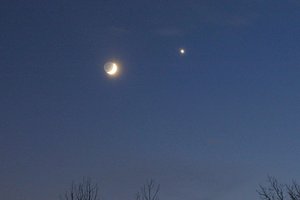
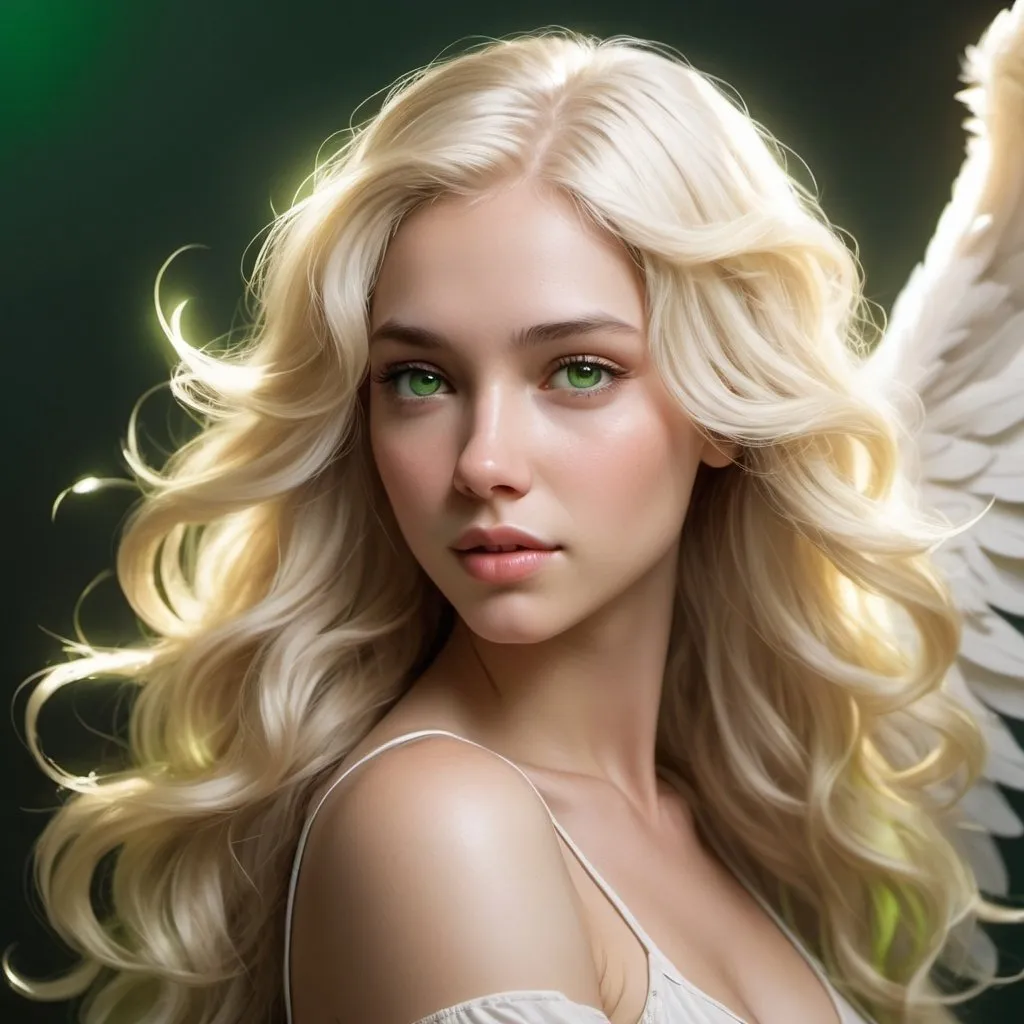


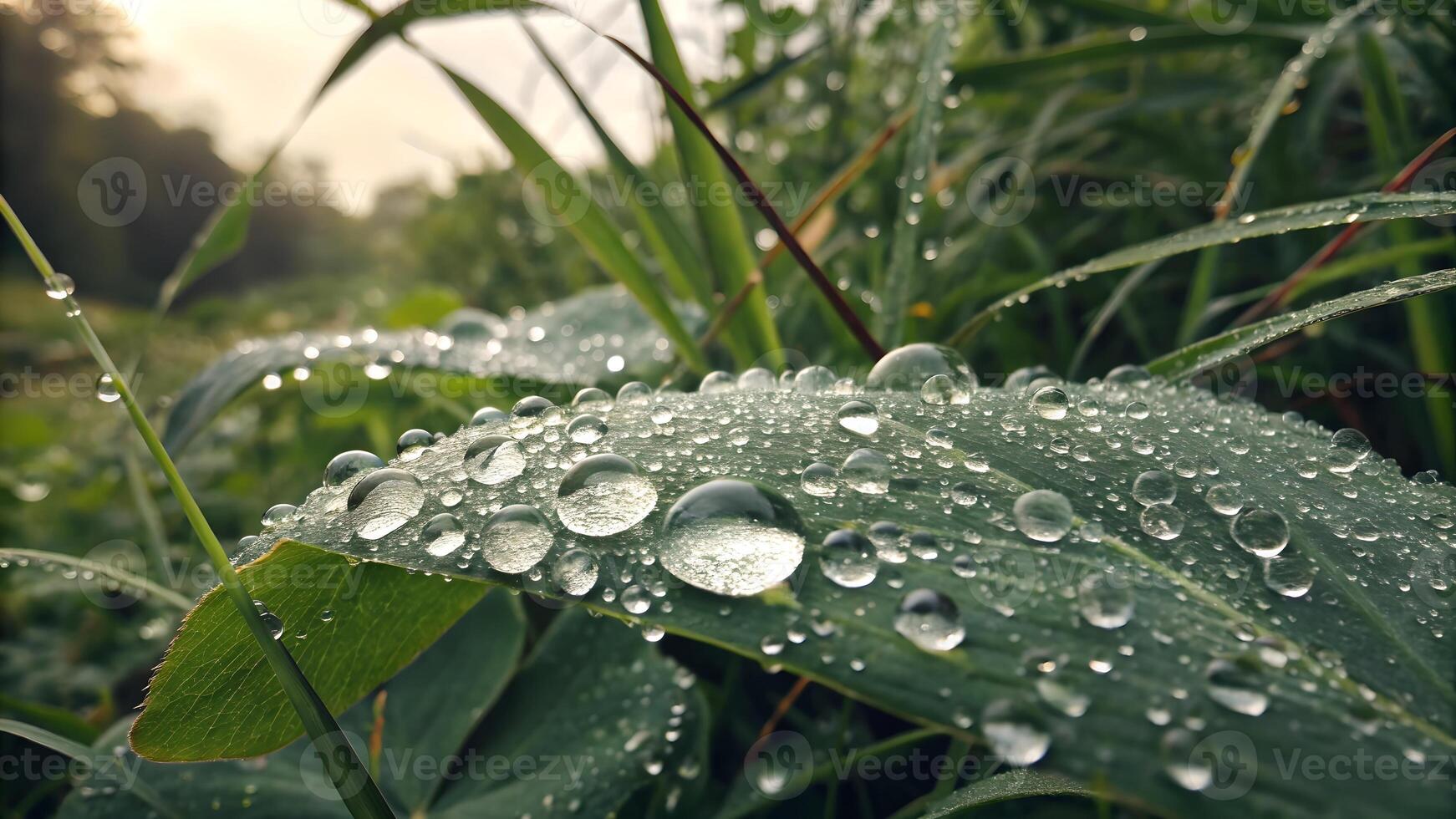

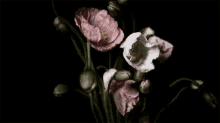
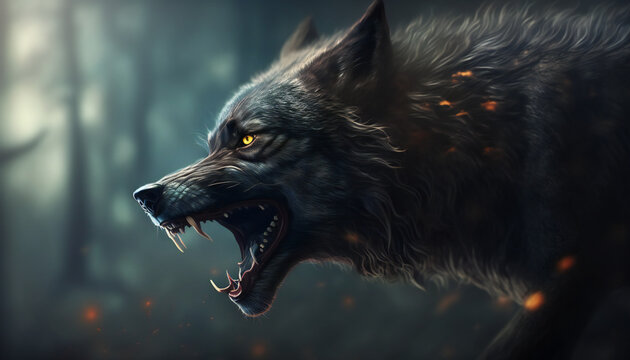

Comments
Post a Comment